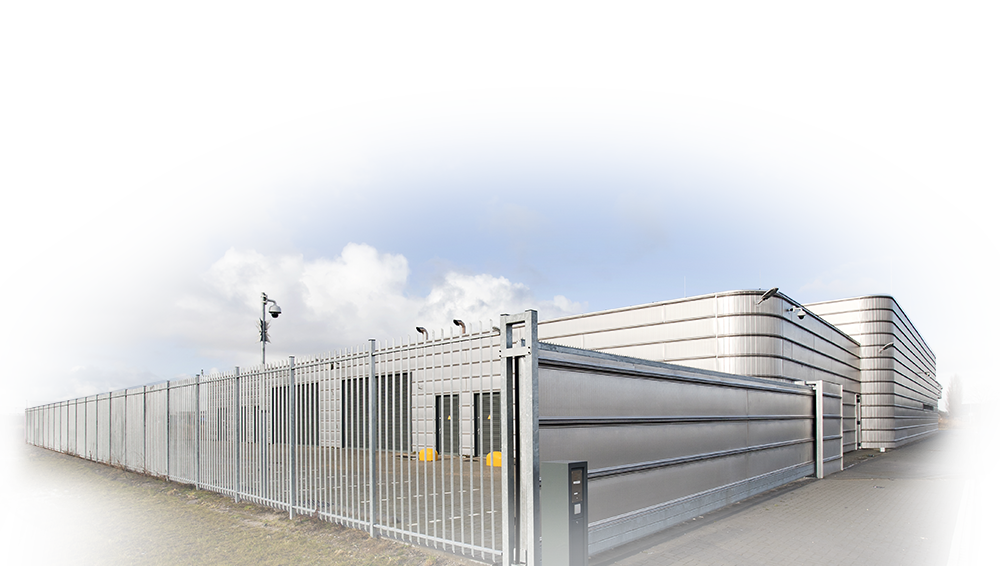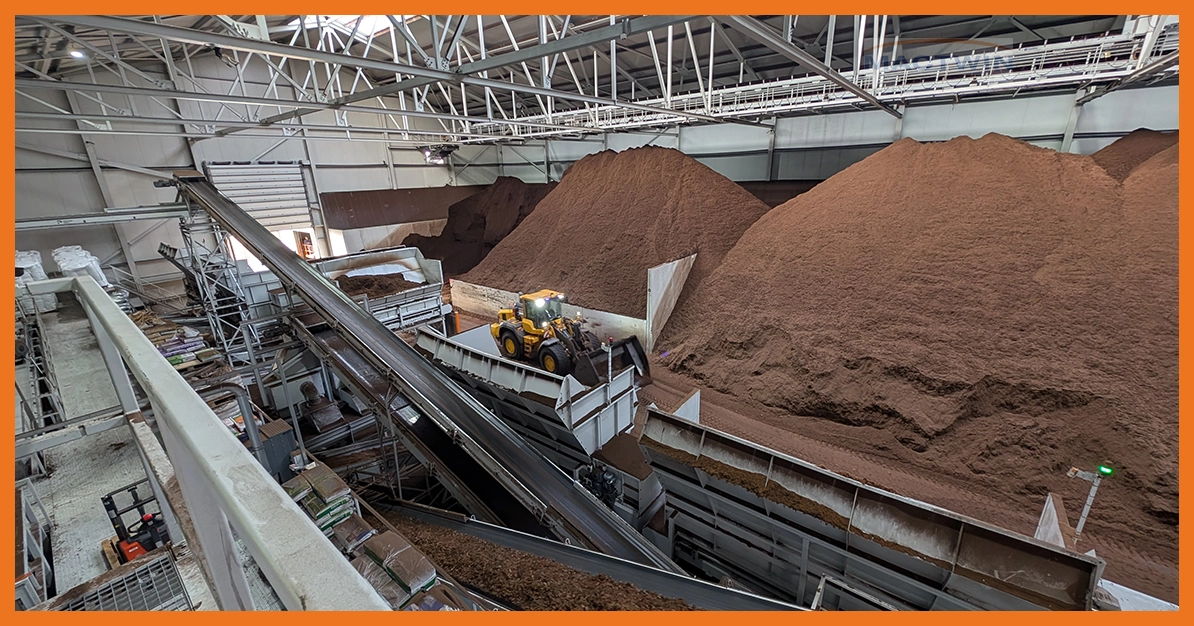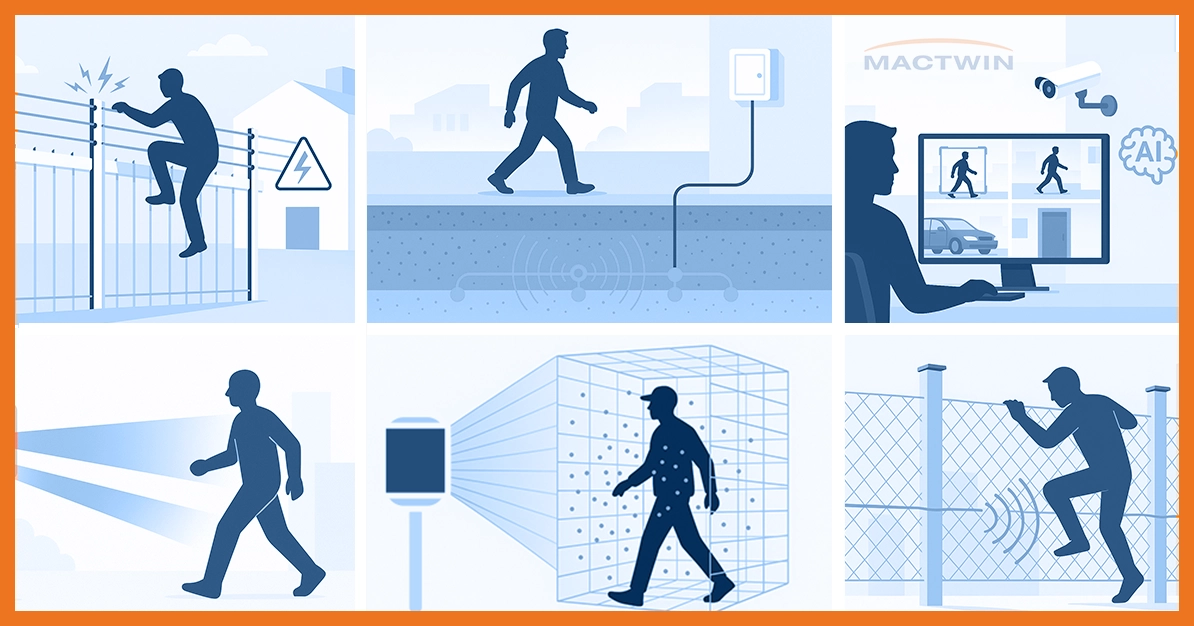Burglary or infiltration is a major problem for many organizations. How do you prevent intruders from gaining unauthorized access to your employees, most valuable goods, or data? The risk of damage to your image alone can be enormous, apart from the loss and damage. Criminals are becoming increasingly inventive, so it takes a lot to outsmart them.
If the risk analysis shows that the perimeter (the site) is a vulnerability, it will be secured. But where do the greatest risks lie? In which positions should I place measures? In addition, outdoor areas are often large and the costs for constructing fences, gates, roadblockers, and barriers can be high. We always offer you a well-considered and cost-effective solution.
Integral (Perimeter) Security
Security of the outdoor area must always be viewed integrally in order to slow down and detect unauthorized access attempts and to be able to deny access. This minimizes the risk of additional damage to people, facilities, and infrastructure. Below we illustrate what correctly implemented security measures for the perimeter achieve and how you can identify what is needed.
Green Perimeter Security
Perimeter security must also take into account the ecological and geographical limitations of the location to ensure that the measures work effectively and are affordable. Many organizations are actively involved in sustainability and quality of life. Special and green options are available here. Consider, for example, natural green barriers. Together with the gardener/landscape architect, we can design a green alternative that naturally clarifies access to the site and makes entering via other positions unattractive. Detection and alarm verification can also be applied to natural barriers, so that adequate follow-up can be provided.

Conceiving and Implementing Perimeter Security
As risk managers, we are used to thinking in scenarios. To get into the head of our opponent – the criminal, activist, or terrorist – and view your vulnerabilities from his perspective. The first step to prevent these opponents from reaching your building(s), where your people and valuable goods or data are located, is good perimeter security. Just as with object security or building security, we work according to our OSVO principle for this. OSVO stands for
We are known for our unparalleled knowledge of criminal and terrorist Modus Operandi and the thorough understanding of (complex) processes. As a result, we know which variables influence the resilience of your organization against an attack. Our many years of experience result in a higher level of security, based on well-founded decisions.
Best Solution for the Best Price
We believe in ‘standard where possible, customization where necessary’. Sometimes we are forced to add customization to be truly effective against the defined attack scenarios. This approach always delivers the best value for money.
A prerequisite is that the effectiveness of all perimeter security used is theoretically substantiated and proven in practice. Our standard solutions come from world-class suppliers and have more than proven their value. Our customized (partial) solutions are extensively tested by ourselves or our partners.
Standardization of Perimeter Security Measures
Mactwin is a knowledge company. We put a lot of energy into gathering, sharing, and safeguarding knowledge about perimeter security; within our organization and beyond. You can see this reflected in the expertise and commitment with which our experts implement your solution.
Perimeter security is very broad, so standardization of this cannot be captured in one class. For example, we use the standards for vehicle crash tests (bollards, roadblockers, and barriers) PAS 68 and PAS 69. ISO/IWA-14-1:2013 is also used here. Where necessary, we use the American FEMA 430 (chapter 4) guidelines for Perimeter Security Design. There is no comprehensive Dutch standard for security fences, but we use, for example, the English
However, a standardized product says nothing about the quality of your total defense. We ensure that all measures are built up in balance and coherence with each other, so that you can always offer the resistance and delay that are important for your organization. Want to know how we go further where the standardization stops? Please feel free to contact us!
Resistance Class of Perimeter Security
In the aforementioned standards, a resistance class SR1-SR6 is often used. This already provides a very good hold for the resources you use in your perimeter security. However, it is advisable to always consider the goal in relation to the resources. For example, an adequate stand-off zone between the various structural components is often worth more than a well-standardized product in itself. Depending on your risk profile, we determine together with you the layering that your perimeter security needs. In addition, we coordinate the resistance class per product that your situation requires and that fits your ambition.




